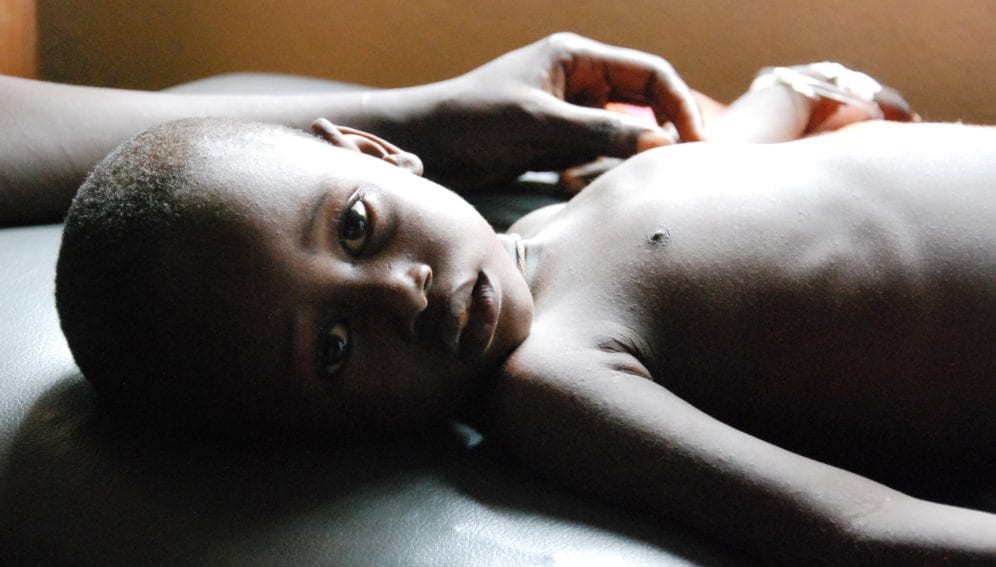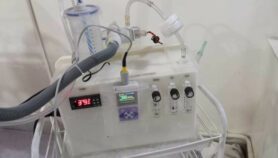By: Maina Waruru
Send to a friend
The details you provide on this page will not be used to send unsolicited email, and will not be sold to a 3rd party. See privacy policy.
[NAIROBI] Neglected tropical diseases (NTDs) continue to experience shortfall in funding and research and development (R&D), with little attention given to them over the past 12 years, a study has shown.
Researchers from France, Switzerland and United Kingdom reviewed databases of major clinical trial registries, drug regulatory authorities and WHO to identify medicines for controlling NTDs and related clinical trials entered between 1 January 2000 and 31 December 2011.
The researchers identified 49 neglected diseases — including malaria, tuberculosis, diarrhoeal diseases — and 17 neglected tropical diseases as defined by the WHO.
The researchers say a previous study in the preceding 25 years showed that neglected diseases posed a 12 per cent burden on global health systems but received only 1.1 per cent of new drugs, hence their motivation to assess whether the situation has changed.
“The current R&D system is driven by market forces, not health needs. The incentive for innovation is linked to profitability, so the diseases of the poor remain largely ignored and unaddressed.”
Katy Athersuch, Médecins Sans Frontières
The study published in The Lancet Global Health of 24 October shows that of all the 850 new drugs and vaccines developed between 2000 and 2011, only 37 (four per cent) were for NTDs.
“We attribute this [finding] to the lack of sufficient investment in clinical research for neglected diseases,” says Belen Pedrique, lead author and medical epidemiologist at Drugs for Neglected Diseases initiative, which is headquartered in Switzerland.
The researchers reported: “Of 148,445 clinical trials registered in 31 December 2011, only 2,016 (one per cent) were for NTDs”. They also found that of the 49 neglected diseases 38 (almost 80 per cent) such as Buruli ulcer, tuberculosis and snakebite had R&D gaps.
“Globally the percentage of research needs remains very high for neglected diseases,” Pedrique says. He adds that some progress have been made in recent years compared to the 1970s and 1980s.
But Katy Athersuch, Médecins Sans Frontières medical innovation and access policy adviser, believes that a change in current R&D models is needed for NTDs to get the necessary attention.
“The current R&D system is driven by market forces, not health needs. The incentive for innovation is linked to profitability, so the diseases of the poor remain largely ignored and unaddressed,” she tells SciDev.Net.
Athersuch calls for a “sustainable system” to drive and fund innovation for people in developing countries to speed up the development of vaccines, diagnostics and drugs designed for the medical needs of poor people.
Governments in poor and wealthy countries need to raise their budgets for health R&D to at least 0.01 per cent of their gross domestic product and establish a binding convention on R&D capable of meeting the health needs of the developing world, she says.
Link to full paper in The Lancet Global Health*
*Free registration is required to view this article.
This article has been produced by SciDev.Net's Sub-Saharan Africa desk.
References
The Lancet Global Health doi:10.1016/S2214-109X(13)70078-0 (2013)














